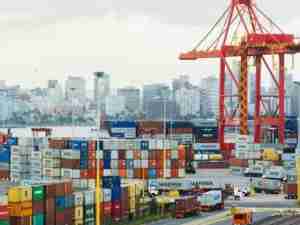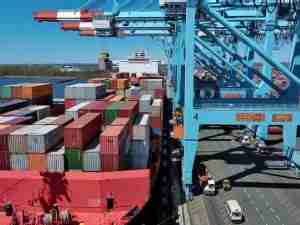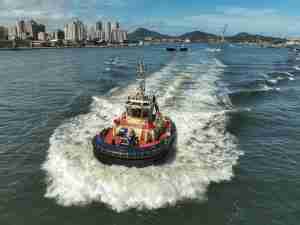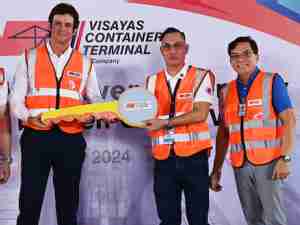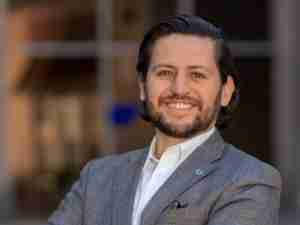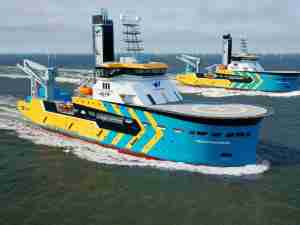Whoever emerges as Kenya's new leader will have to work out how to boost growth when the nation's infrastructure is badly in need of an upgrade.
From Mombasa, trucks carry their loads to neighboring countries on a mostly single lane road that many Kenyans see as a symbol of how the government in Nairobi has for years ignored outlying areas even when they are vital to the economy.
While the nation focuses who will win the presidency, races for new posts such as the governors of large cities like Mombasa could play an important role in spreading the nation's wealth more evenly.
The pressure to address a deep sense of marginalization beyond Nairobi and the central uplands is becoming more acute.
There are plans to create a new port in Lamu, north of Mombasa, and to build an oil and gas industry based on new finds discovered across east Africa that will need export terminals.
But handing more power to the regions comes with risks. Though it may bring more investment, Kenyans long used to the grubby dealings of their politicians fear it may also add a new layer of corruption that will siphon off state funds.
"Hitherto, all the development has been channelled to the capital city," National Chamber of Commerce and Industry Chairman James Mureu said. "But a devolved government will decentralise development and take it back to the grassroots."
Kenya needs a new formula to catch some of its sprightlier neighbors. Growth estimated at 4.5 to 5 percent in 2012 is not enough to drag the nation out of poverty when the population of 40 million is growing at 2.7 percent a year.
"It seems the economy will not break through that 5 to 6 percent level of growth unless there is a significant spending on infrastructure," said Phumele Mbiyo, regional head of macroeconomic research at CFC Stanbic Bank.
The government's medium-term growth target is 10 percent.
Deep-Seated Grienances
Problems are keenly felt in Mombasa, a vital link in the nation's economy. The only major violence so far in this week's elections was around Mombasa and was blamed on a separatist group that derives support from a population that feels marginalized. The Mombasa Republican Council denied the charge.
Residents voice grievances about unemployment and the seizure of real estate by the rich and powerful. And the shanty towns of the poor cluster against luxury tourist resorts, another vital industry that Kenya cannot afford to ignore.
"The stakes are very high. The coastal region is the backbone of the Kenyan economy," said Hussein Khalid, head of the Mombasa-based Muslims for Human Rights.
In the city's working class neighbourhoods, jobless youths idle in rubbish-strewn streets lined by crumbling homes and open sewers. Drug addiction is a growing problem.
The port is a major employer but suffers from the inefficiencies associated with poor roads and other infrastructure that residents say have been neglected for years.
Shipping a container from Tokyo to Mombasa costs less than transporting it to neighbouring Uganda from the Kenyan coast, the World Bank said in 2010, and there has been little improvement since then.
And while it takes 19 days to ship a container from Singapore to Kenya, it takes 20 more days to truck it from Mombasa to Nairobi.
Infrastructure spending featured prominently in the presidential campaigns of Prime Minister Raila Odinga and Deputy Prime Minister Uhuru Kenyatta, who had a slight lead as counting continued.
Promises
In his manifesto, Odinga promised to spend 10 percent of the country's $35 billion gross domestic product on infrastructure. Big posters showed him standing in front of a brand new highway.
Kenyatta pledged to more than double the paved road network to 24,000 km as well as modernise the Mombasa port and the country's pi
